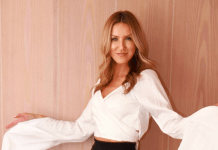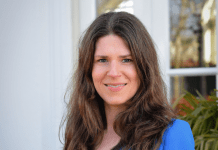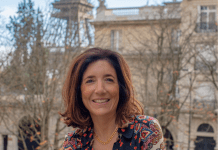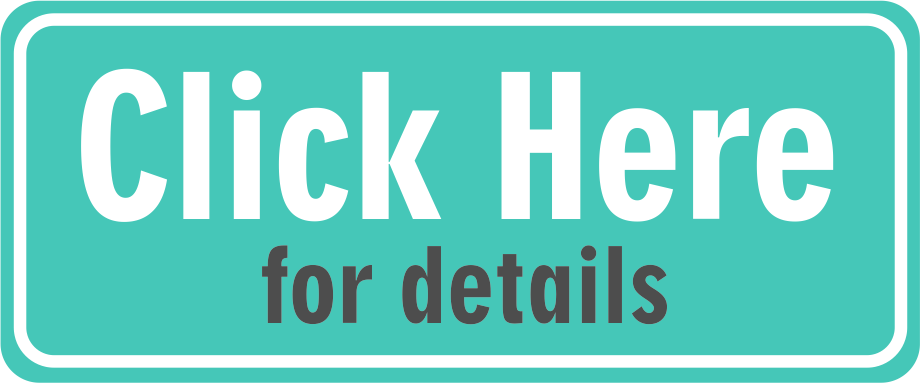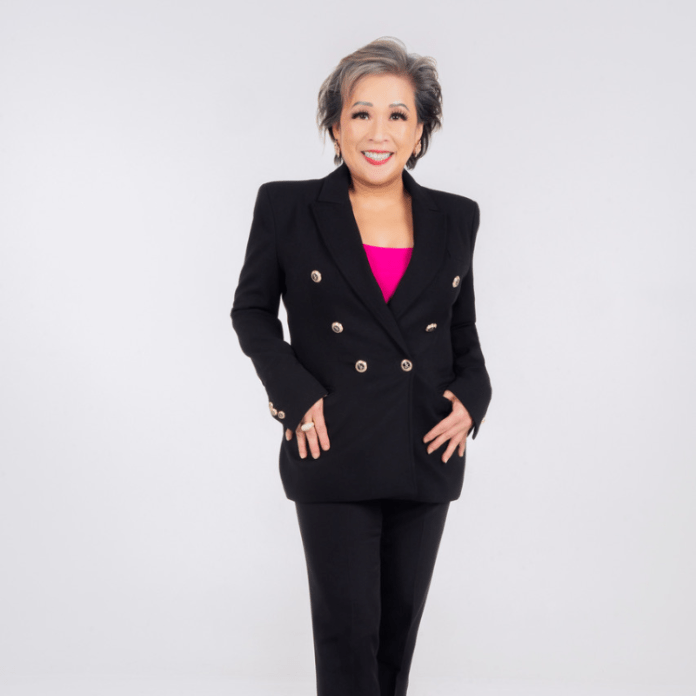With over 26 years of experience guiding high-performing professionals around the world, Nancy Ho has become a trusted voice for leaders who find themselves at the crossroads of achievement and fulfilment. Her philosophy, known as The Paradox of Success, reveals the hidden struggles behind polished titles and financial rewards—the burnout, emptiness, and quiet disconnection that often linger beneath the surface. In this conversation with Global Woman Club, Nancy shares her journey of transformation, the hard lessons that reshaped her view of success, and her vision for a new era of leadership rooted in alignment, authenticity, and wholeness.
With over 26 years of experience, what inspired you to become a Life Strategist and Transformative Coach?
What inspired me was life itself. I didn’t set out to become a Life Strategist and Transformative Coach—it unfolded through both triumphs and painful lessons. One turning point was losing over $300,000 in just three months on a business venture. That failure stripped away my illusions about success and forced me to face my blind spots and rebuild from the inside out.
I realized people don’t need another formula for external achievement—they need guidance to align who they are with how they live and lead. Today, my mission is to help them bridge that gap so success is no longer hollow, but deeply fulfilling.
“True success is not what you achieve on the outside, but the freedom and fulfilment you create within.”
Your work focuses on The Paradox of Success—can you explain what this means and why it’s so relevant for high achievers today?
The Paradox of Success is when high achievers reach the top yet still feel unfulfilled. On paper, they have it all—titles, recognition, financial rewards—but inside, many quietly battle burnout, emptiness, or disconnection.
It’s especially relevant today, with constant change, technology reshaping industries, and the demand to always be “on.” Leaders are realizing that success alone doesn’t bring peace of mind. My work is about helping them close that gap—aligning outer achievement with inner fulfilment.
How do you help executives and business leaders align their external achievements with inner well-being?
I help leaders by guiding them to reconnect with themselves. Most already know how to achieve; what they lack is space to pause, reflect, and realign. We start with awareness—identifying blind spots that drive stress or disconnection. Then I equip them with tools for emotional regulation, resilience, and making decisions not just from their head, but from alignment with their values.
The result is powerful: they stop sacrificing health and relationships for success, and instead lead from clarity, balance, and authenticity.
What are some common silent struggles you see behind the success of high-performing professionals, and how can they overcome them?
Behind polished success, I often see burnout, imposter syndrome, loneliness, and a lack of fulfilment. Many leaders silently ask themselves: “Is this all there is?”
The first step is awareness—naming what they’re experiencing instead of suppressing it. From there, I teach resilience practices:
- Pause daily to check in with yourself.
- Do weekly energy audits to see what fuels and drains you.
- Weave micro-rest into your day instead of waiting for long breaks.
- Nurture meaningful connections beyond work.
- Reframe pressure as an opportunity for growth.
When high achievers integrate these practices, they no longer just maintain success—they sustain it with clarity and wholeness.
You’ve worked with clients globally—how do you adapt your coaching approach across different cultures and industries?
Success may wear different masks, but the inner struggles are universal. An executive in Asia might wrestle with hierarchy and family expectations, while in the West it may be identity and personal freedom. A banker may struggle with constant stress, while a creative leader battles self-expression.
I adapt by listening deeply to context—cultural, industry, and personal—and then tailor strategies to fit. My frameworks are universal, but how we apply them is unique. That way, clients feel truly seen and supported in their world.
Emotional intelligence plays a big role in your methodology—how do you teach leaders to integrate it into decision-making and team management?
Emotional intelligence isn’t a “nice-to-have”—it’s essential for leadership. I start with self-awareness: teaching leaders to pause, notice their emotions, and choose responses instead of reacting. Then we build empathy—asking not only “What’s the right decision?” but “How will this decision affect my people emotionally?”
When leaders apply emotional intelligence, they stop just managing tasks—they inspire trust, resolve conflicts more effectively, and build teams that thrive.
As a best-selling co-author with Jack Canfield, how has writing shaped your approach to coaching and thought leadership?
Writing Success Redefined with Jack Canfield sharpened my clarity. Putting my ideas on paper forced me to distill years of experience into truths that anyone could apply. It also gave me a deeper sense of responsibility—when your words are published, they stand as your legacy.
That shifted how I coach and speak. I became bolder in my voice, clearer in my frameworks, and more intentional in creating ripple effects beyond the coaching room. Writing turned my work into something people can carry with them long after the conversation ends.
How do you help individuals achieve sustainable peak performance without sacrificing personal fulfilment?
Peak performance without fulfilment is a recipe for burnout. I begin by helping clients find inner alignment—clarifying their values, vision, and purpose so their drive has meaning. Then I integrate tools like emotional regulation, resilience practices, and mindful productivity.
I also teach that rest and recovery are part of performance, not a luxury. When leaders honour both their inner world and their outer goals, fulfilment becomes the fuel for sustainable success.
What advice would you give to aspiring leaders who want to create impact while maintaining balance and clarity in their lives?
Start with yourself. Impact begins on the inside. Cultivate self-awareness, know your values, and anchor your vision. Without that inner compass, it’s easy to get lost in busyness or pressure.
Remember, balance isn’t about doing everything equally—it’s about conscious choices. Protect your energy, pause often, and treat rest as strength, not weakness. And don’t do it alone—find mentors, peers, and communities that keep you grounded in your bigger “why.”
Looking ahead, what is your vision for the future of leadership and personal mastery, and the legacy you hope to leave through your work?
The future of leadership is shifting—from performance at all costs to alignment, authenticity, and emotional intelligence. Leaders of tomorrow will be defined not only by results but by how they inspire, sustain balance, and create thriving environments.
My vision is to see leadership and personal mastery go hand in hand. I want to help shift the global conversation of success—so that high achievers no longer feel trapped in the paradox, but instead lead with clarity, freedom, and wholeness.
As for legacy, I hope my work leaves behind this truth: success and fulfilment are not separate paths. They belong together. If I can ignite a movement where leaders live and lead from that space, that will be my greatest contribution.
“The future of leadership lies in alignment and authenticity—where success and fulfilment are no longer separate paths, but one.”



